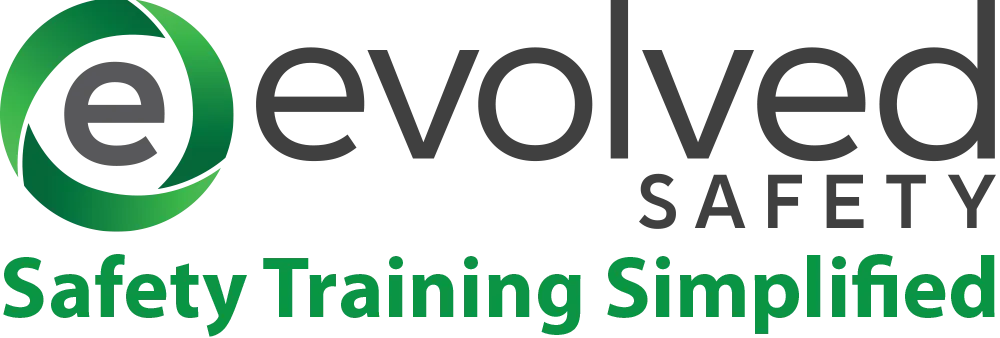
How’s Your Emergency Preparedness and Response Knowledge?
Expect the Unexpected with Evolved Safety
Pop quiz: Do you know what to do in the event of a tornado? What about a fire? Or even an injured worker? Natural and manmade disasters can happen at any time, so how prepared are you and your workplace if one should occur? Regardless of your answers, we aren’t here to judge. Our goal is to remind you of one of the best ways to stay safe and at-the-ready for unforeseen disasters on the job, and that’s what emergency preparedness training is for.
What is a Workplace Emergency
Let’s start with defining what an emergency can look like in your workplace, right from OSHA. Emergencies include any situation that threatens your workers, customers, or the public; disrupts or shuts down operations; or causes physical or environmental damage. They may be natural or man-made emergencies, such as hurricanes, tornadoes, earthquakes, floods, wildfires, weather, chemical exposure, disease outbreaks, explosions, and many other hazards.
As an employer, several OSHA standards address emergency planning requirements, and you should also be familiar with the consensus standards of the National Fire Protection Association (NFPA), American National Standards Institute (ANSI), and other standards-setting organizations for additional recommendations and requirements about emergency planning.
Here’s why – even when prepared, sometimes injuries and even death can occur. The most emergency-related deaths in 2017 were caused by flash floods, tropical storms, and heat waves from a total of 59,985 weather-related events, which resulted in 592 deaths and 4,270 injuries, according to Injury Facts. And as we’ve seen so far this year, natural and manmade disasters aren’t slowing down.
Make an Emergency Action Plan
So, what should you do before an emergency strikes at your workplace? The best way to prepare is to create your own Emergency Action Plan (EAP). This is intended to facilitate and organize employer and worker actions during workplace emergency situations, which – along with proper worker training – will result in fewer worker injuries and less damage to the facility during emergencies.
Not all employers are required to establish an EAP, however they are recommended to protect workers’ safety and health. A comprehensive plan includes conducting a hazard assessment to determine what, if any, physical or chemical hazards inside or outside the workplace could cause an emergency, as well as describe how workers will respond. Make sure to take into account your specific worksite layouts, structural features, and emergency systems. If there is more than one worksite, each site should have their own emergency action plan.
Bringing the Plan to Life
Preparing for emergencies is easier than it looks, and Evolved Safety can help. We work with all kinds of vendors who offer content to help keep you and your workers prepared for the worst. No matter your format need – online, video, onsite – we’ve got you covered when it comes to emergency action planning. Here is a list of what we offer:
- Earthquake Safety
- Emergency Evacuation
- Emergency First Aid
- Emergency Preparedness & Response
- Emergency Preparedness: A Supervisor’s Responsibility
- Emergency Preparedness: An Employee’s Responsibility
- Evacuation Procedures
- Emergency Preparedness: A Supervisor’s Responsibility
- Emergency Action Plans – Office Employees
- Emergency Response
- Emergency Response for Multi-Story Buildings
- Emergency Action Planning
Prepare for the unexpected with Evolved Safety. Let’s work together to ensure your workplace is ready to go should an emergency strike – helping you keep you and your workers safe.
